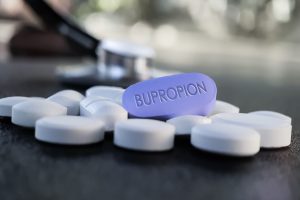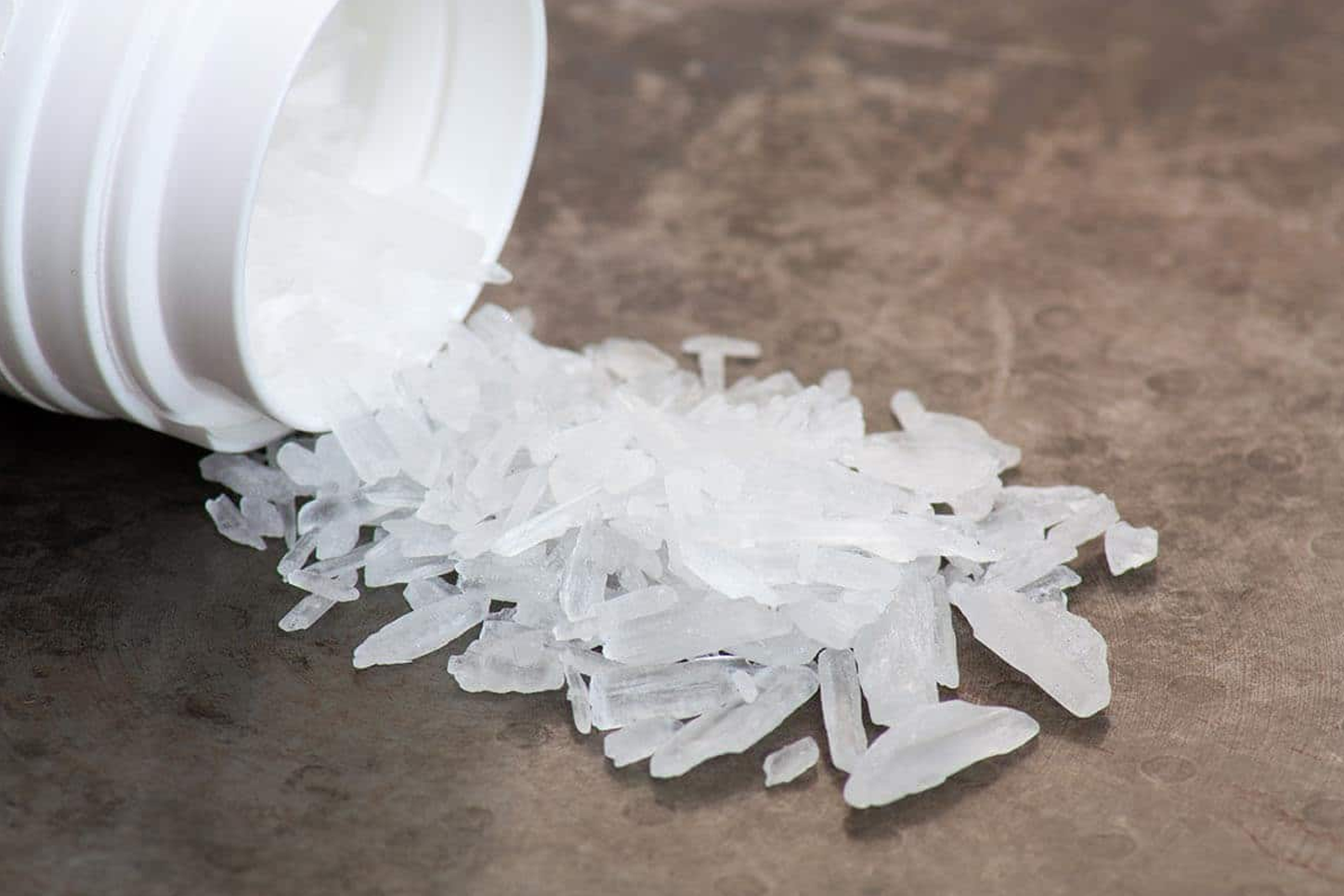Methamphetamine, popularly known as meth, is a powerful stimulant drug. It is often taken recreationally because of its stimulating effects. Meth can keep you awake for extended periods, and it can also suppress your appetite. At the same time, the drug makes you more physically active.
Meth is highly addictive. The Drug Enforcement Administration (DEA) has classified it as a Schedule II drug. This means meth has a high tendency to be abused, and it can easily make you addicted to it.
Once an addiction to meth has developed, you no longer have control of your drug cravings. You cannot live life normally without meth anymore. At this point, treatment is needed.
The first stage of treatment is meth detox. Read on to find out whether the process is painful or not.
What happens during meth detox?
Meth detox is a process that helps your body remove all traces of the drug. Most of the time, detox is medically supervised to ensure its safety.
Medical personnel will assist you through the entire process. If you experience any uncomfortable withdrawal symptoms, they will give you medications to help manage them.
Overall, the goal of the medical staff is to make your detox process as comfortable and safe for you as possible.
Are withdrawal symptoms painful?
It is normal to experience withdrawal symptoms each time you try to quit using meth. Your body has to adjust to the sudden absence of the drug.
When you have a meth addiction, your body is so used to the effects of meth that they become normal. By the time you try to stop taking the drug, your body will struggle to adjust. Having little or no meth in your body has become “abnormal,” so you get a number of uncomfortable withdrawal symptoms.
Common symptoms of withdrawal during meth detox include:
 Fatigue
Fatigue- Nausea
- Depression
- Strong cravings for meth
- Headaches
- Dehydration
- Hallucinations
- Anxiety
You may experience any of these symptoms within 24 hours of your last dose of meth.
The drug affects both your appetite and sleep patterns. When you have been habitually taking meth, you often feel neither hungry nor sleepy. But in the withdrawal stage, you can spend a significant amount of time catching up on lost sleep and eating properly again.
Is meth detox itself painful?
Barring the withdrawal symptoms, meth detox is pretty straightforward. You will take lower and lower doses of meth until your body can tolerate a zero dose.
Pain and discomfort only come from the withdrawal symptoms. The intensity of the symptoms depends on how long you have been using meth and how much of the drug you take each time. If you have been addicted for a long time and have been taking high doses of the drug, withdrawal symptoms feel worse.
How is detox made less painful?
One of the main goals of the medical team supervising your detox is to make the process as painless for you as possible. If you experience any discomfort due to withdrawal, medications may be given to you.
Here are some of the medications used in meth detox:
Bupropion (Wellbutrin)
 Bupropion is an antidepressant that normalizes the levels of dopamine in your brain. Dopamine is the chemical messenger responsible for creating feelings of reward, and it is one of the things affected by meth. By regulating dopamine levels, bupropion can effectively reduce your cravings for meth.
Bupropion is an antidepressant that normalizes the levels of dopamine in your brain. Dopamine is the chemical messenger responsible for creating feelings of reward, and it is one of the things affected by meth. By regulating dopamine levels, bupropion can effectively reduce your cravings for meth.
Modafinil
Modafinil is normally a medication for narcolepsy. In detox, it helps in restoring the cognitive functions degraded by meth. These include memory, concentration, and processing ideas.
Fluoxetine (Prozac)
Fluoxetine is a popular antidepressant medication. It also works against anxiety. Thus, fluoxetine is useful in detox for relieving any symptoms of anxiety and depression. In some patients, the drug has also helped solve cardiac issues brought about by meth withdrawal.
What happens after detox?
Once all meth has been cleared from your body and you can tolerate taking none of it at all, you are ready to move on to the next stage of treatment.
Detox is only the first stage of a comprehensive meth rehab program. While the physical symptoms may have gone away after detox, the emotional and psychological damage is still there. The next steps of treatment aim to repair that damage.
Behavioral therapies
You will be subjected to different behavioral therapies to help your mind recover from the ill effects of meth. For one, you may still have slight drug cravings, so it’s important to build new good habits. These will allow you to divert your attention to healthier pursuits.
Some of the behavioral therapies employed in rehab include:
 Cognitive behavioral therapy
Cognitive behavioral therapy- Contingency management
- Family therapy
- Individual counseling
- 12-step groups
- Support groups
- Recreation therapy
Inpatient vs. outpatient treatment
Your rehab program may either be inpatient or outpatient. Outpatient rehab is recommended if your meth addiction is mild, or if you have been taking meth for only a short time. Otherwise, if your addiction is more severe, inpatient rehab is your best option.
Outpatient recovery programs allow you to live your usual life while getting the treatment you need. You will only have to go to the rehab center during your scheduled therapies, which can be a few times a week. That way, you do not have to take an extended leave from work or school.
Inpatient programs, on the other hand, require you to live inside a rehab facility for one to three months. The length of the program depends on how severe your addiction to meth is, as well as other needs stated in your treatment plan.
Inside the rehab facility, you will be exposed to several therapies and activities each day. All of these are geared towards your recovery. You can concentrate on getting used to a sober lifestyle while inside the rehab facility. That way, you can maximize your recovery outcomes.
After rehab is over, you should be able to gain control of your life again. You will no longer need the influence of any illegal drug to function properly.
